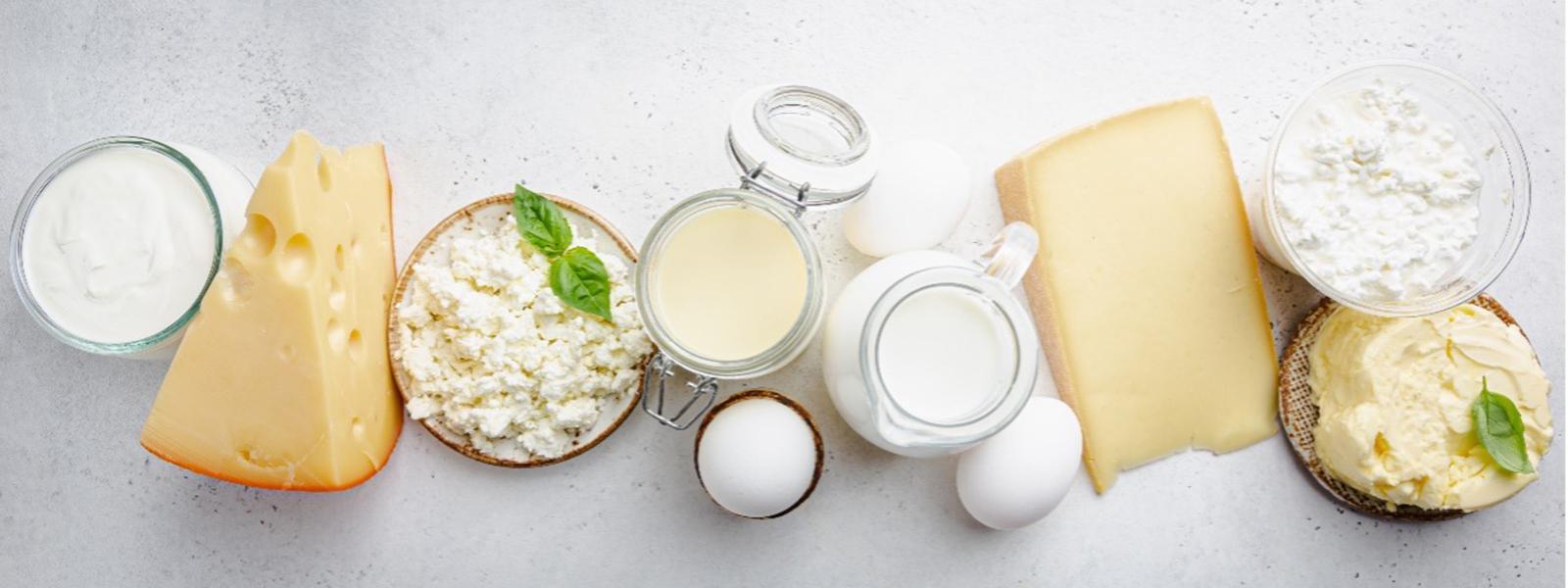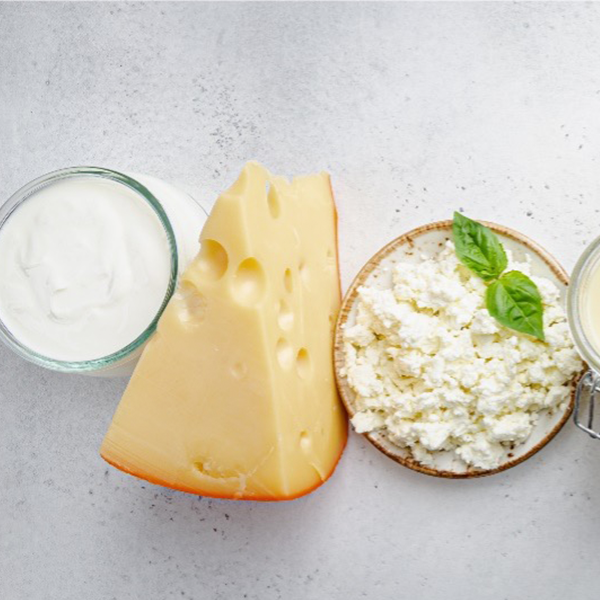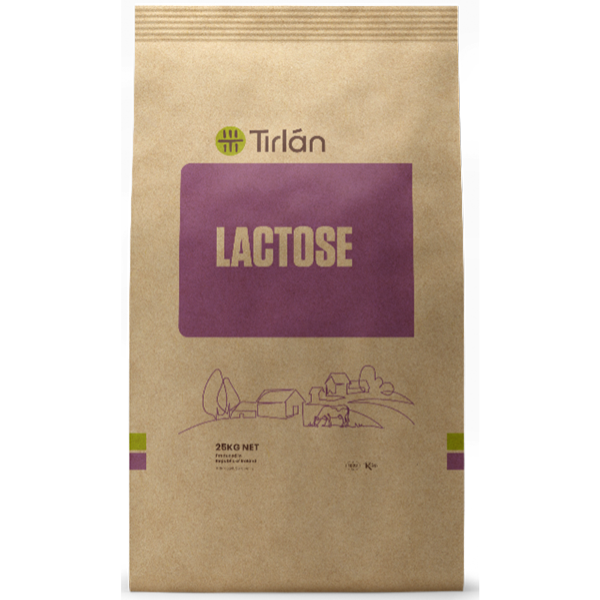
Health and nutrition benefits of lactose

What is Lactose?
Lactose is a naturally occurring sugar present in milk. It is found in varying concentrations in mammalian milk, but approximately 4.7% of cow’s milk composed of lactose[i]. Lactose consists of glucose and galactose, two simple sugars. Glucose is used as a source of energy in the body whilst galactose is used as part of glycoproteins and glycolipids[ii]. As lactose is found in mammalian milks it provides an important source of energy to new-borns including humans. For example, human milk contains 7.2% lactose, which can provide up to 50% of an infant’s energy needs.

Benefits of Lactose
Dairy products contain variable levels of lactose and feature prominently in the nutritional recommendations throughout the world. Lactose can enhance intestinal absorption of nutrients including calcium, zinc and magnesium in infants and potentially in the elderly2. There is also emerging evidence that lactose can have a prebiotic effect- meaning it may stimulate growth and activity of “good” gut bacteria[i]. Lactose may also have applications in sports nutrition a pre-, during and post exercise fuel[ii]. One recent study assessed how lactose was metabolised compared to sucrose or water during 150 minutes of cycling. Lactose and sucrose were metabolised (oxidised) at similar rates, suggesting that lactose was used a fuel source at a similar rate as sucrose during exercise[iii].
Glycaemic index
The glycaemic index (GI) is a metric that compares a foods capacity to increase blood glucose compared to a control such as bread or glucose. Foods with a low GI cause a slower release in blood glucose levels compared to foods with a high index, where a more rapid increase is observed6. The GI of foods can be used in conjunction with information about food composition to guide informed food choices, for example in diabetes management. Lactose is broken down into glucose and galactose, which is further converted to glucose in the liver. This additional step, where galactose is converted into glucose, slows the release of glucose. The GI of lactose is approximately 46, indicating lactose falls within the low GI group[i]. Lactose has a more favourable GI compared to other sugars such as glucose or sucrose.

Tirlán Ingredients
Tirlán Ingredients supply refined, medium and fine milled lactose in 40, 80, 100 and 200 mesh sizes.
Our lactose has a clean flavour profile and good solubility, making it ideal for use across a range of applications.
In chocolate, lactose brings a softer taste and a range of cohesive textures. It also helps with chocolate crystallisation, and can assist with mouthfeel from smooth to crunchy.
In Bakery applications lactose provides a low sweetness option and its low solubility promotes caramelization.
Lactose can also be used in seasonings to aid colour and flavour enhancement. It also has emulsifying properties, can be used as a filler and binder and is often used as part of cost reduction, as part of liquid milk or milk powder standardization. Here at Tirlán we are happy to discuss our lactose offering and various applications it can be used in.
For more information on our Lactose Ingredient offering, click here